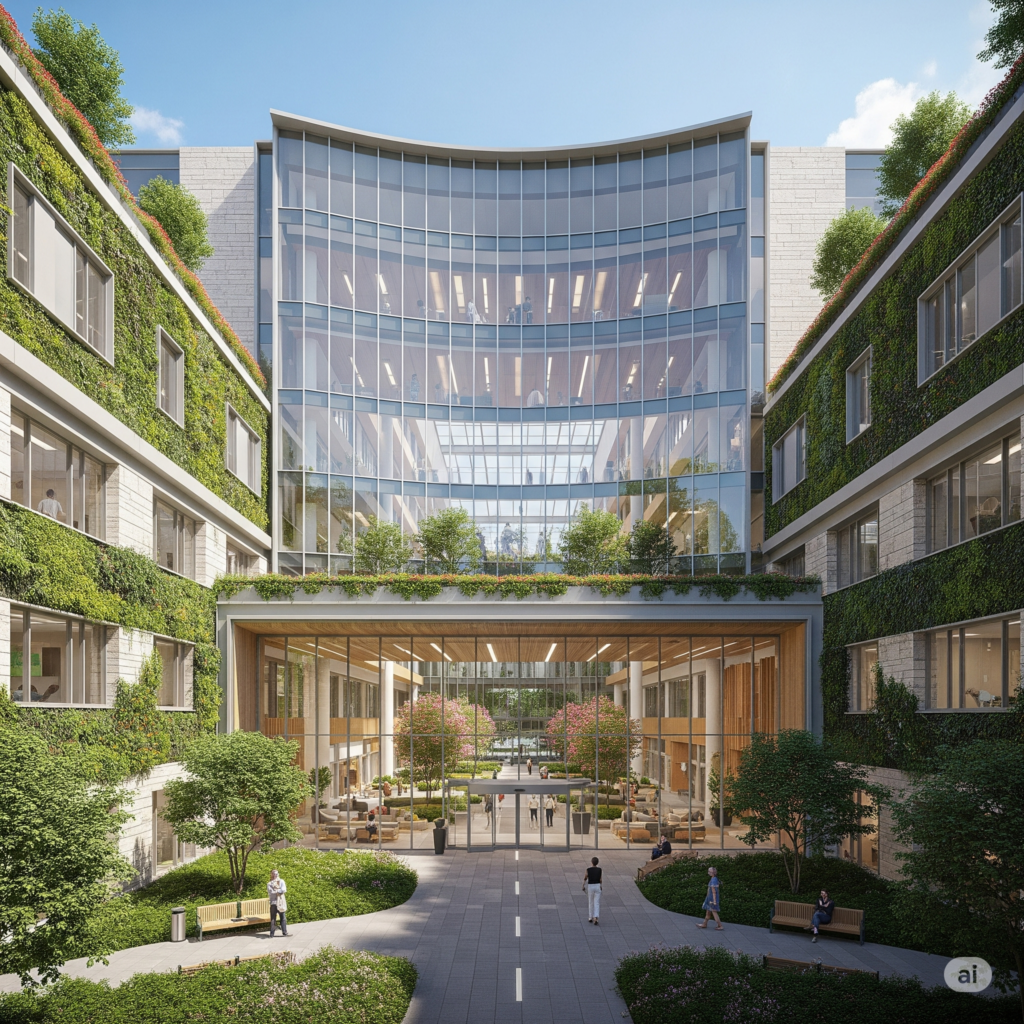
In the shadow of recent global health crises, a quiet but powerful truth has emerged: trust in our public health systems is fragile. While we often talk about policies, communication, and dedicated staff, we tend to overlook the very foundation of care,the buildings themselves.
Think about it. A hospital isn’t just a place where medicine happens; it’s a promise. It’s a symbol of safety, reliability, and dignity. To rebuild public trust, we must first rebuild the physical spaces that care for us.
How Buildings Build Belief
Public trust hinges on three core feelings: credibility, accessibility, and empathy. The design of a healthcare facility can either strengthen or shatter each of these pillars.
1. Credibility: A System That Looks Ready for Anything
When a crisis hits, people look for signs of readiness. Overcrowded, outdated, and poorly equipped facilities send a terrifying message: “We are not prepared.” This visible lack of readiness erodes faith faster than anything else. In contrast, modern health infrastructure with flexible ICU wards, dedicated isolation areas, and robust oxygen systems communicates a powerful sense of competence and security. It tells the community, “No matter what happens, we are here, and we are ready to care for you.”
2. Accessibility: Healthcare That Feels Close to Home
Trust breaks down when quality care feels out of reach. For those in remote rural areas, dense urban slums, or for the elderly and differently-abled, physical and social barriers to healthcare are an everyday reality. Inclusive infrastructure is the answer. Satellite clinics, mobile health vans, and disabled-friendly design aren’t just conveniences; they are declarations of equity. Digital health kiosks for teleconsultations further bridge the gap, reinforcing the feeling that public health is for everyone.
3. Empathy: Spaces That Heal the Human Spirit
A sterile, cramped, or crumbling facility can feel cold and uncaring, turning a visit to the doctor into a deeply impersonal transaction. The opposite is also true. Patient-centric spaces,filled with natural light, greenery, and respectful of privacy,foster a profound sense of emotional safety. Simple but thoughtful elements like child-friendly pediatric zones, quiet waiting areas, and clean, well-maintained facilities transform the act of care into a truly healing experience.
Every Brick Is a Message
Ultimately, infrastructure is a form of communication. A new maternity ward in a long-neglected area says, “You are seen.” Well-maintained sanitation says, “Your dignity matters.” A digitized public hospital says, “We value your time and safety.”
The path forward isn’t about pouring concrete; it’s about building with purpose. By focusing on community needs, evidence-based design, and sustainable, resilient infrastructure, we can create spaces that reflect our highest aspirations for public health.
When people walk into a public health facility and feel safe, seen, and served with dignity, they will begin to trust again. And that trust is the true foundation of a healthier future for all.
